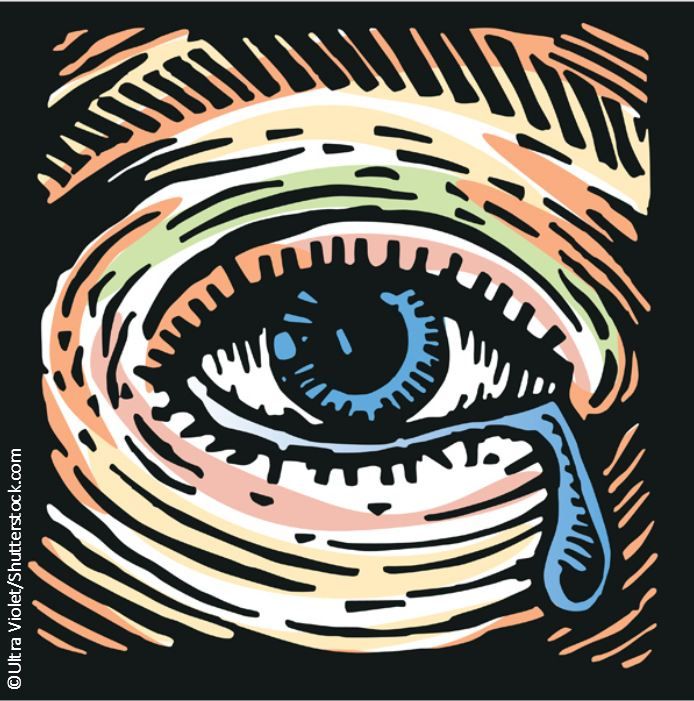Article
ACR 2018: Keep an Eye on Gout
Be alert for the development of uveitis in older patients with gout, especially those who have multiple comorbidities.
Image: ©Ultra Violet/Shutterstock.com

This information is brought to you by Rheumatology Network and is not sponsored by, nor a part of, the American College of Rheumatology.
Older patients with gout may be at higher risk for developing uveitis, according to research presented at the 2018 American College of Rheumatology (ACR)/Association of Rheumatology Health Professionals (ARHP) Annual Meeting in Chicago, Illinois.
In the United States, uveitis leads to 30,000 new cases of legal blindness every year. Existing data have shown elevated intraocular levels of pro-inflammatory cytokines and systemic levels of C-reactive protein in patients with uveitis. Still, epidemiological information on risk factors for uveitis is limited.
Presented at a Concurrent Abstract Session at the ACR/ARHP annual meeting on October 21 by Jasvinder A. Singh of the Rheumatology Department at the University of Alabama at Birmingham, the objective of this study was to assess whether gout in older individuals is associated with a risk of incident uveitis.
The study
This cohort study relied on the 5% Medicare claims data from 2006 to 2012, including 1,240,681 Medicare recipients. Gout was identified by the presence of two claims for gout at least 4 weeks apart. Incident uveitis was identified by two claims for uveitis at least 4 weeks apart, and an absence of uveitis claims in the baseline 365-day period.
The study utilized multivariable-adjusted Cox proportional hazard models to assess the association of gout with incident uveitis. Researchers adjusted for potential cofounders and covariates, including demographics (age, race, gender), comorbidities (Charlson-Romano comorbidity index), and medications commonly used for cardiac diseases (statins, beta-blockers, diuretics, and angiotensin-converting enzyme inhibitors) and gout (allopurinol and febuxostat).
The findings
The data included 8459 incident uveitis cases. Of these, 464 cases appeared in patients with gout and 7995 appeared in patients without gout. These figures led to respective incidence rates of 179 and 93 per 100,000 person-years.
The mean time from gout diagnosis to the new diagnosis of uveitis was 804 days. Patients with uveitis were significantly more likely to be older, female, and African American, and have more medical comorbidities than patients without incident uveitis.
After a multivariable adjustment, “gout was independently associated with a 1.5-fold higher risk of uveitis in older individuals after adjustment for demographics, comorbidity, and medications, and the risk could be between 1.4 to 1.9-fold higher risk,” the researchers concluded. Older age, female gender, Black race/ethnicity, and comorbidities including diabetes, chronic pulmonary disease, connective tissue disease, and any tumor/leukemia/lymphoma were also associated with a greater likelihood of uveitis.
Implications for physicians
The results of this study may assist physicians in recognizing patients with gout who may be more likely to develop incident uveitis. Future studies will be needed to confirm this finding and evaluate the underlying mechanism of this novel association.
References:
Singh JA, Cleveland J. Gout: A Potential Risk Factor for Uveitis in the Older Adults? [Abstract 944]. Arthritis Rheumatol. 2018;70(suppl 10). Accessed October 21, 2018.




